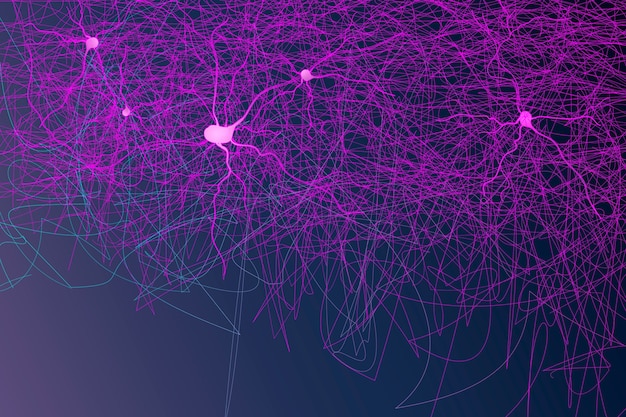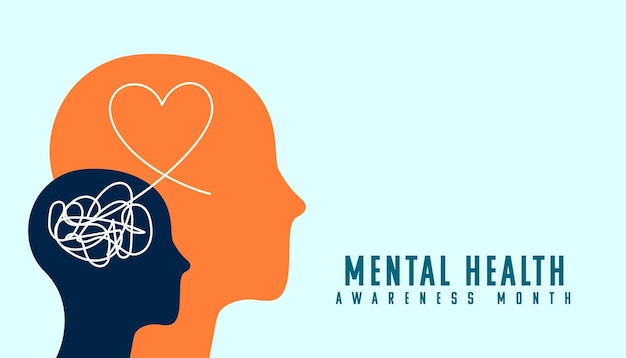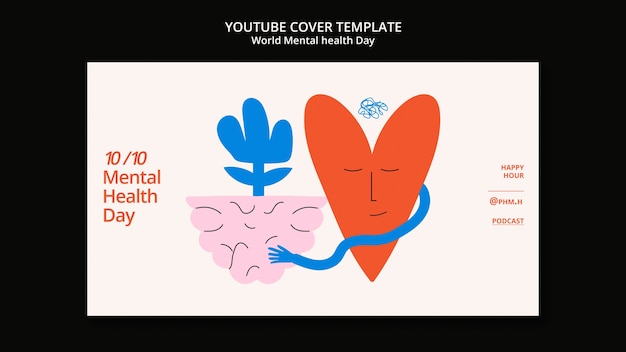In Western psychiatry, hearing voices—auditory hallucinations—has long been associated with serious mental illness, particularly schizophrenia and other psychotic disorders. It's a hallmark symptom that often triggers medical intervention, diagnosis, and treatment. Yet, around the world, the experience of hearing disembodied voices is not always seen as a sign of pathology. In many cultures, it's interpreted as a spiritual gift, a message from ancestors, or a calling to healing or leadership.

While the Diagnostic and Statistical Manual of Mental Disorders (DSM-5) classifies auditory hallucinations as a key criterion for psychotic disorders, this framework is rooted in Western biomedical models. These models prioritize biological explanations and often overlook cultural context. In contrast, many non-Western societies interpret voice-hearing through spiritual, religious, or communal lenses.
For example, in parts of Africa, India, and Indigenous communities across the Americas, hearing voices may be viewed as communication with spirits, ancestors, or deities. In some traditions, individuals who hear voices are revered as shamans, healers, or spiritual leaders. Their experiences are not suppressed but explored, guided, and integrated into community life.
Anthropological studies have shown that the content, frequency, and emotional tone of voice-hearing experiences vary significantly across cultures. In a landmark study comparing voice-hearing in the U.S., India, and Ghana, researchers found that:
This suggests that cultural narratives shape not only how voices are interpreted but also how distressing they are. When voice-hearing is normalized or even celebrated, individuals may develop healthier relationships with their experiences.

Emerging in the Netherlands in the 1980s and now global, the Hearing Voices Movement challenges the dominant medical model. It asserts that hearing voices is a meaningful human experience, not necessarily a symptom of illness. The movement emphasizes peer support, self-empowerment, and understanding voices as responses to trauma, stress, or altered states of consciousness.
Support groups encourage people to explore the origins and meanings of their voices without stigma. Many participants report reduced distress and improved functioning when they stop viewing their experiences as pathological and start engaging with them constructively.
Recent psychological models, such as the diametric model of cognition, suggest that conditions like psychosis and autism represent opposite ends of cognitive variation. While autism is often linked to reduced social imagination, psychosis may involve hyper-mentalizing—attributing meaning and agency excessively. Within this framework, voice-hearing can be seen as an extension of normal human imagination and social cognition.
This perspective aligns with growing recognition of neurodiversity—the idea that variations in brain function are natural and not inherently pathological. Just as some people are naturally more introverted or creative, others may be more prone to altered perceptual experiences, including hearing voices.

The cross-cultural understanding of voice-hearing challenges mental health professionals to adopt more flexible, culturally sensitive approaches. Rather than automatically pathologizing the experience, clinicians are encouraged to explore:
This shift supports trauma-informed care, shared decision-making, and holistic treatment plans that may include therapy, mindfulness, creative expression, and community support—alongside medication when appropriate.
The global diversity in interpreting voice-hearing reminds us that mental health is not one-size-fits-all. What is labeled a symptom in one context may be a gift in another. By listening to diverse voices—both literal and cultural—we can build a more inclusive, humane approach to psychological well-being.
Ultimately, the goal is not to erase voices, but to help people live well with them. Whether through medicine, meditation, or community, the path forward lies in understanding, not just diagnosis.

Health

Health

Health

Health

Health

Health

Health

Health

Health

Health

Health

Health

Health

Fitness

Health

Health